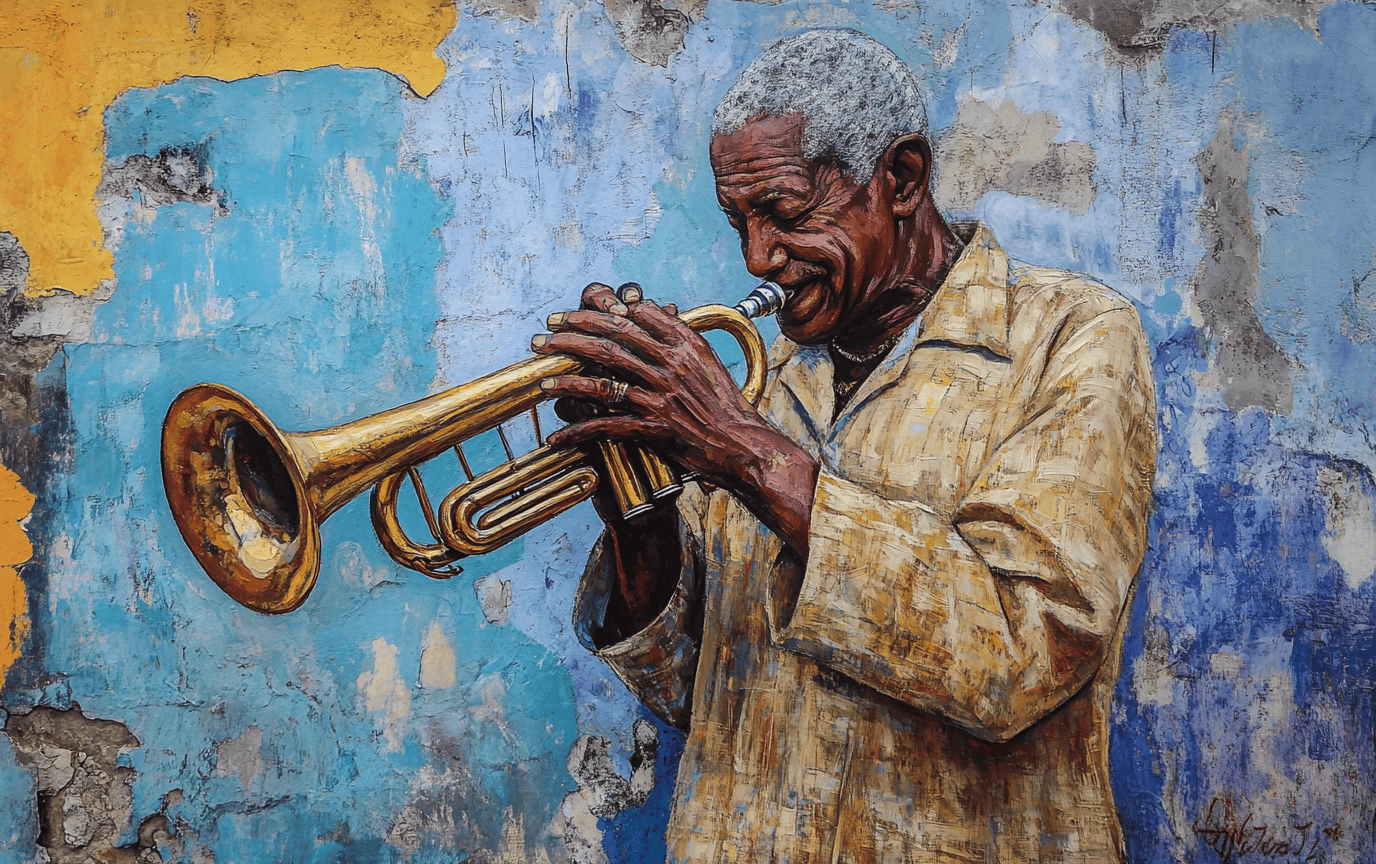The Role of Music in Cuban Society: A Cultural and Social Phenomenon
Cuban music is not simply notes played on instruments; it is the heartbeat of the island—a symphony of life, struggle, joy, and identity. When the morning sun kisses the cobbled streets of Old Havana, the air vibrates with the sounds of salsa, son cubano, and rhythms echoing from every corner. These sounds tell stories that stretch beyond the music itself, embodying the resilience of a people who have faced adversity yet dance with defiance.
Cuban culture thrives through its music, an intricate mosaic where African, Spanish, and indigenous threads weave a narrative of community, resistance, and pride. Imagine a crowded dance hall, the sunlight filtering in through swaying palm trees, a cascade of salsa beats pulling bodies to the floor, each movement a conversation steeped in history. Here, music is alive, breathing, connecting hearts and minds, a reflection of the island’s soul.
Historical Context and Cultural Significance
To understand the essence of Cuban music, one must delve into its origins. The late 19th century marked a transformative era, where genres like danzón and son emerged. The danzón, initially an animated outdoor dance for the elite, morphed into a refined indoor affair, mirroring the socio-political dynamics of post-colonial Cuba. Its melodies are like rivers flowing through time, carrying echoes of colonial influence and a yearning for identity.
Contrast this with son cubano, born from the soul of the marginalized, a vibrant fusion of Spanish guitar and African rhythms. This genre resonated deeply within the hearts of the Cuban people—it became a poignant symbol of cultural expression, empowerment, and a unifying force against racial and social barriers. You can hear it in the joyful strumming of the tres and the rich pulse of the bongo, each note telling tales of resilience and pride.
As the waves of history crash upon the shores of this island, music has remained a dialogical factor fostering self-reflection and critique. An example can be drawn from musicians like Armando Rodríguez, who boldly used melodies to celebrate Black pride while exposing the ugly specters of racism within society. Songs were crafted not merely as art but as unyielding statements against oppression, forging a path for future generations.
Music as a Form of Social Commentary and Protest
The power of music as a form of protest resonates profoundly in contemporary Cuba. In the glaring light of social media, music evolved into a voice for the voiceless, especially during the tumultuous 11-J protests of 2021. Thousands flooded the streets, fueled by frustration over economic collapse and governmental policies, where singers and songwriters emerged as soundtracks for change, weaving narratives that echoed the cries for justice and equality.
In this setting, reggaetón, often marginalized by state institutions, surged forth as an anthem for the working class. It voiced tales of struggles that transcended the simple act of listening; it became a rallying cry against inequality and injustice. The beats gave rise to empowerment, resonating especially among the youth—those eager to redefine what it means to be Cuban in a globalized world.
However, musicians advocating for change have historically been met with resistance. Imposing censorship loomed like a storm cloud, threatening creative expression. Yet, even in such oppressive environments, artists rose, their melodies defying boundaries. The San Isidro Movement, a collective of artists and intellectuals, exemplified this spirit, courageously challenging governmental censorship while advocating for artistic freedom. Their music became not just a means of expression but also a shield against repression.
Musical Instruments and Rhythms: The Heart of Cuban Music
At the core of Cuban music lies its vibrant instrumentation and rhythmic intricacies. The clave, both an instrument and a rhythmic backbone, serves as the guiding light for musicians. It’s the heartbeat that knits together the diverse sounds of the island. Imagine a trio of musicians, their instruments reflecting the sun—the sly pluck of the tres, the punchy blares of trumpets, and the deep resonance of the double bass. Each instrument contributes layers to the rhythmic tapestry, inviting both seasoned dancers and eager novices to join in the revelry.
While the rhythms may dance lightly, the meanings beneath their surfaces run deep. They invoke community belonging, love, heartbreak, and celebration; they embody traditions passed down through generations. The sight of dancers stepping in sync, swaying to the sound of trombone and bursts of laughter, carries the essence of Cuban spirit—unpretentious yet vibrant.
Global Influence and Cultural Exchange
As Cuba’s musical sounds ripple outwards, they leave vibrant imprints on global landscapes. Genres like mambo, rumba, and chachachá have crossed borders, influencing diverse musical forms worldwide. The Buena Vista Social Club, a project that reunited veteran musicians, shone a spotlight on the cultural wealth of Cuba, bringing to life the Rich melodies that resonated with a global audience yearning for authenticity.
In this cultural exchange, the island’s music serves as a bridge, connecting hearts across continents. The soundscapes that emerge are rich and evocative, reinvigorating the narrative of Cuban identity while infusing elements from different shores. Each performance is a dialogue across cultural divides, inviting listeners to partake in a collective experience—a dance, a song, a shared moment.
Conclusion
Cuban music is a multifaceted jewel, reflecting the island’s history, culture, and social dynamics. It serves not just as an artistic expression but as a vessel of cultural identity, social commentary, and resilience in the face of hardships. The unique amalgamation of African, Spanish, and indigenous influences creates a musical legacy that is both deeply rooted in tradition and boldly innovative.
As Cuba grapples with evolving challenges, its music continues to resonate—echoing the stories of its people, and baring their souls through melody and rhythm. In the dance halls and quiet streets, in the vibrancy of street festivals, and the intimacy of home gatherings, Cuban music remains a testament to the spirit of the island—a voice that can never be silenced.
The sounds of salsa and son cubano will echo through time, inviting us to listen, reflect, and dance—to embrace the cultural phenomenon that is Cuban music.
Interested in more insightful reads? Check out our Travel Tips section for the latest advice. For lifestyle inspiration, explore our Lifestyle category, and dive into amazing destinations at Destinations. Don’t forget to connect with us on YouTube, or follow our adventures on Instagram and Pinterest.













